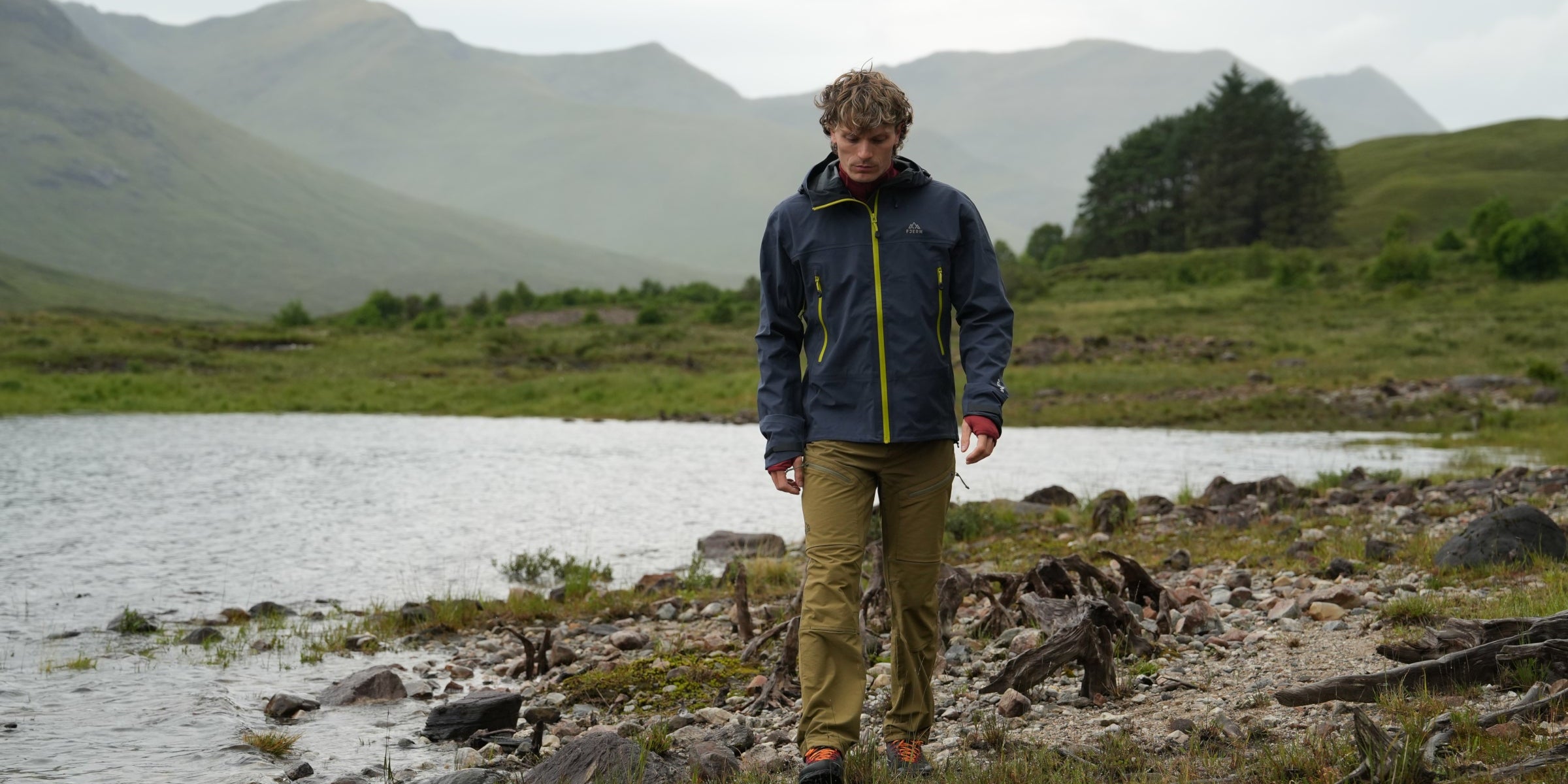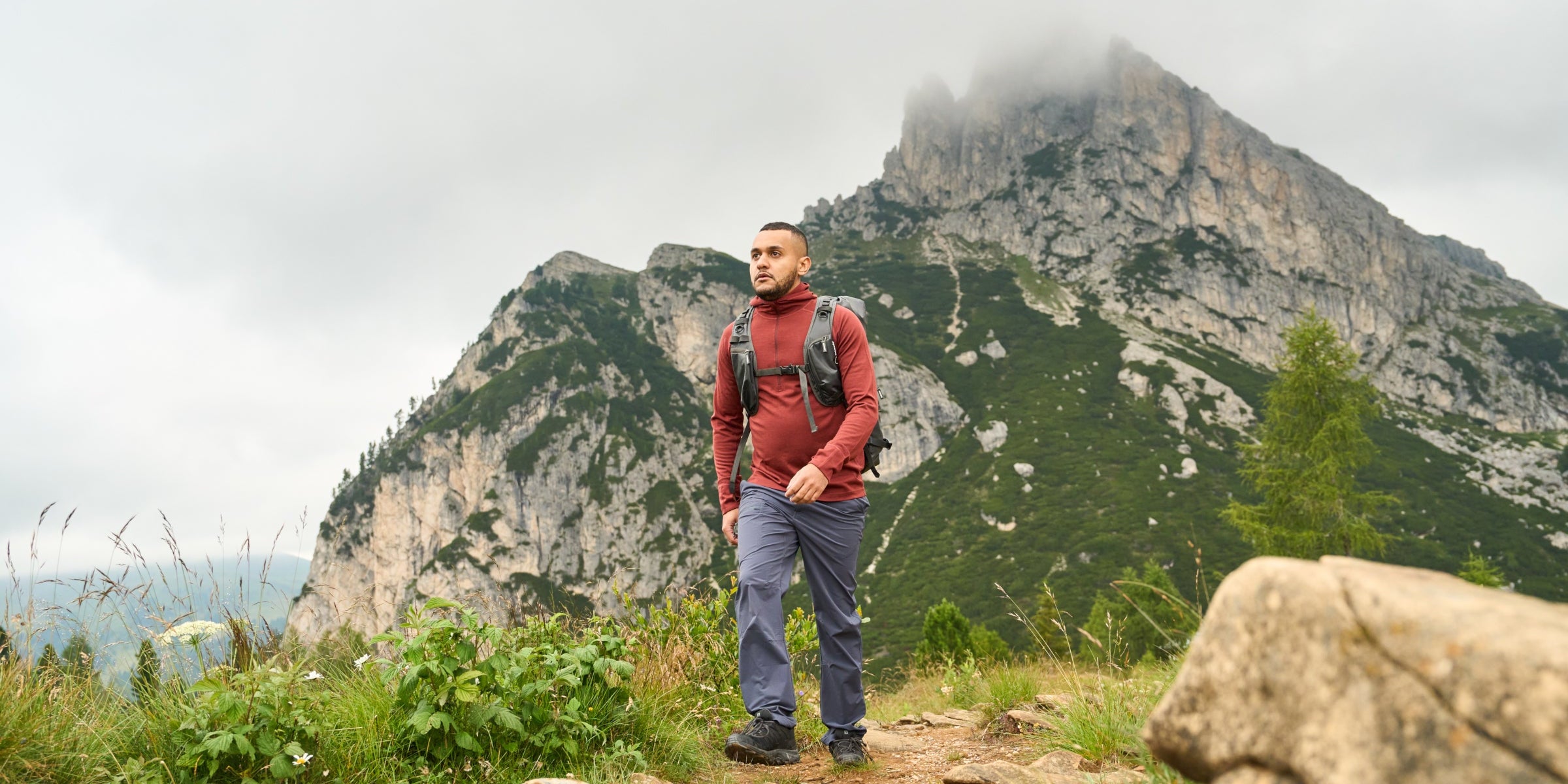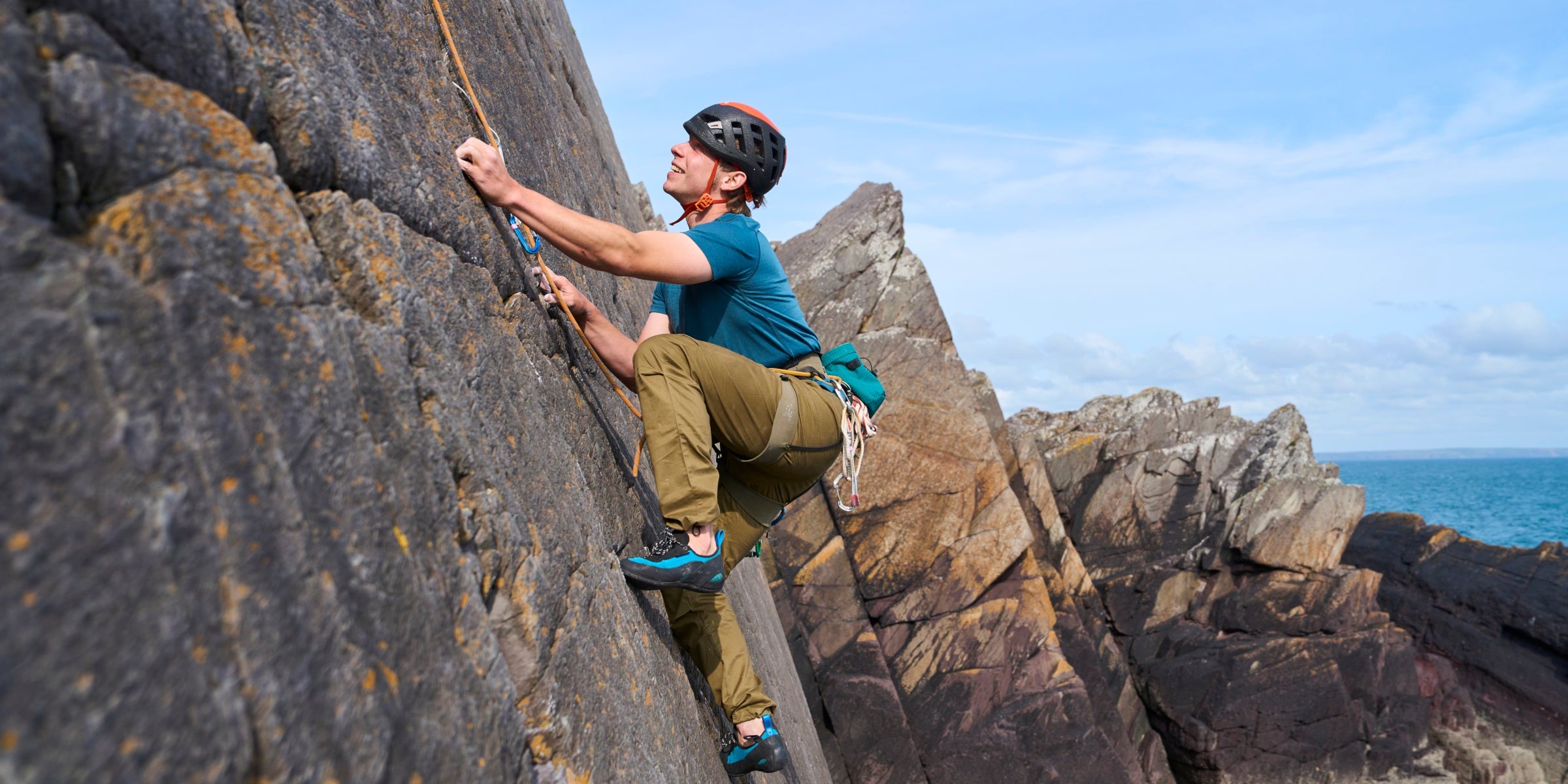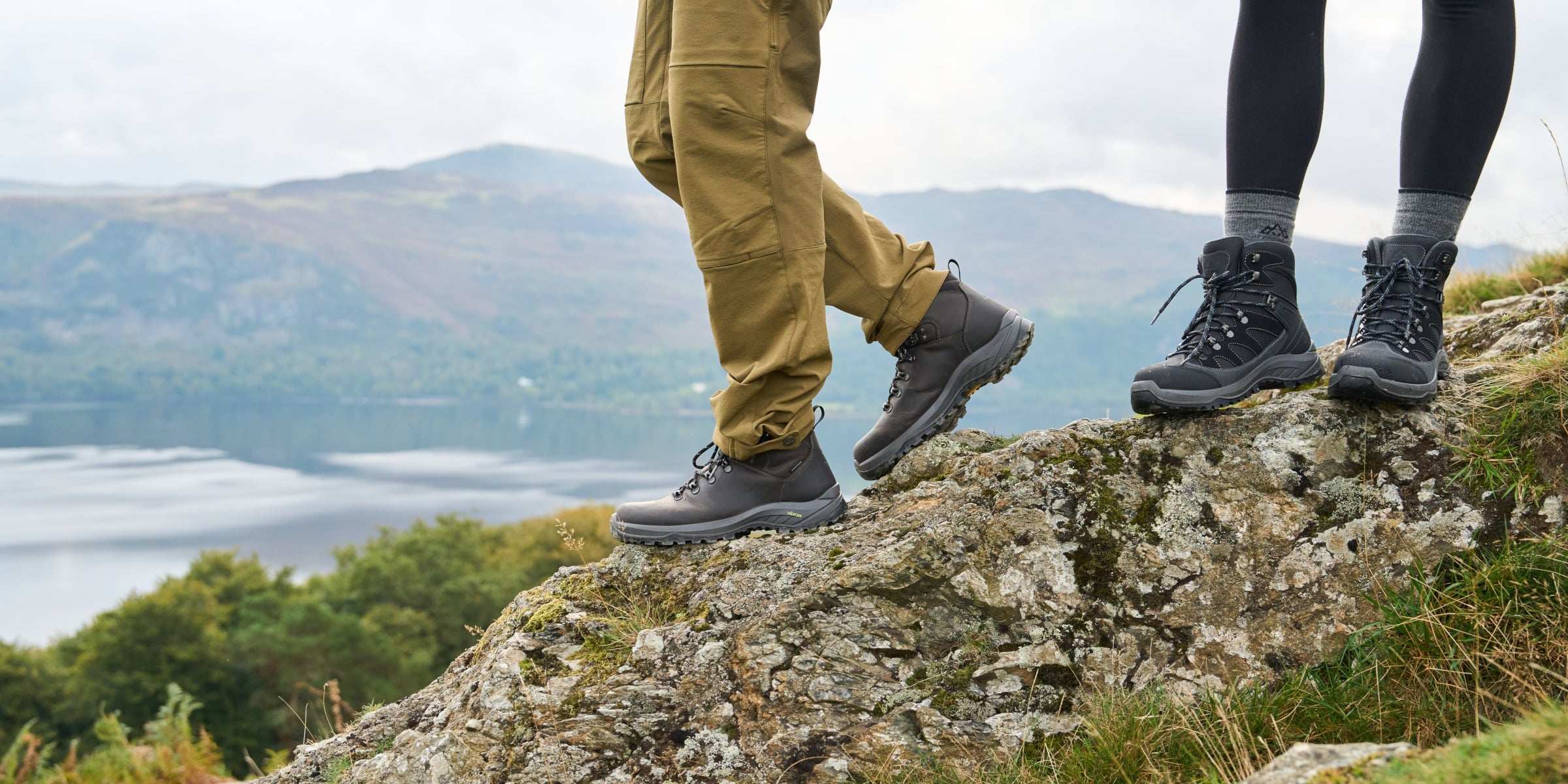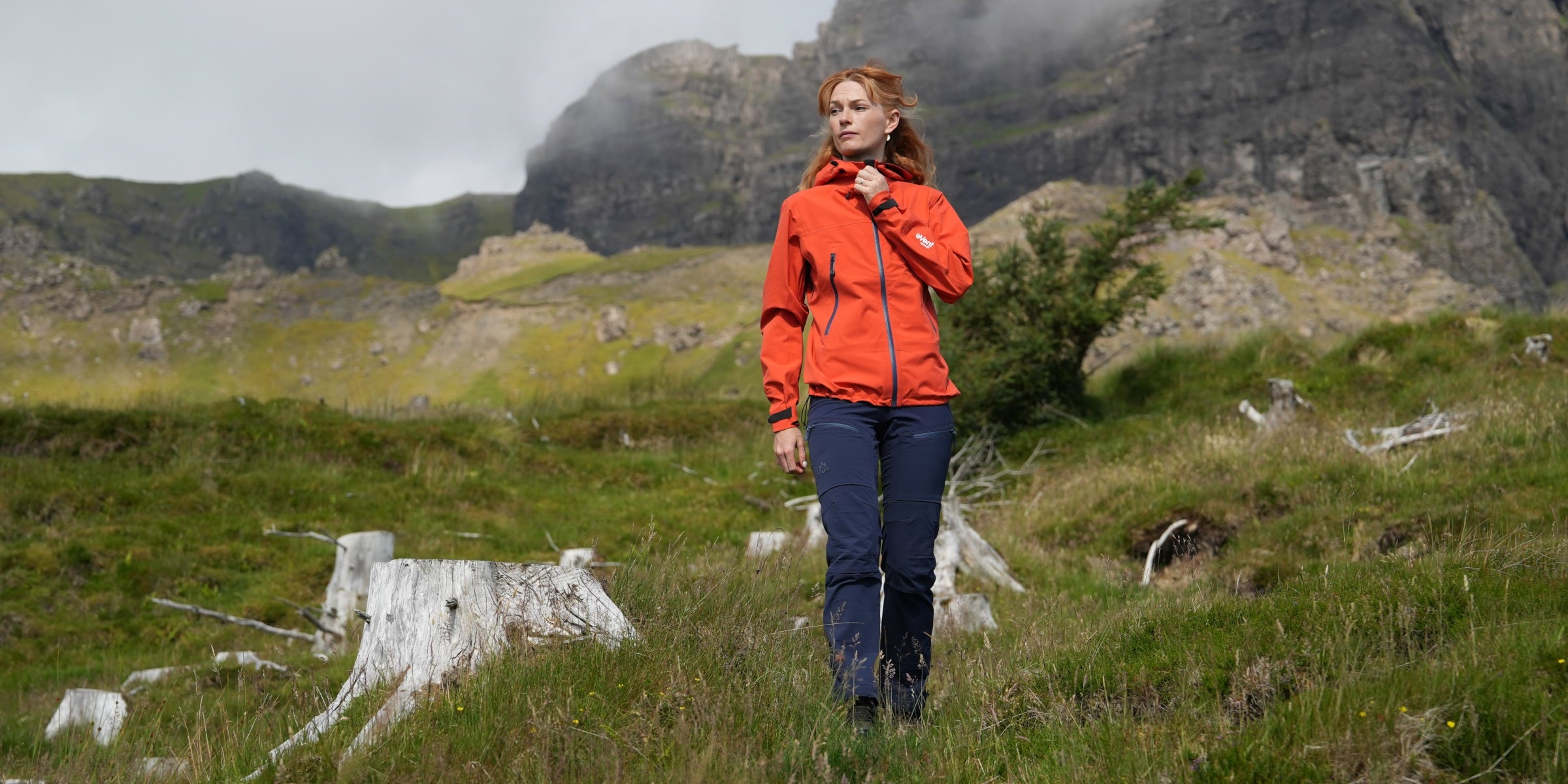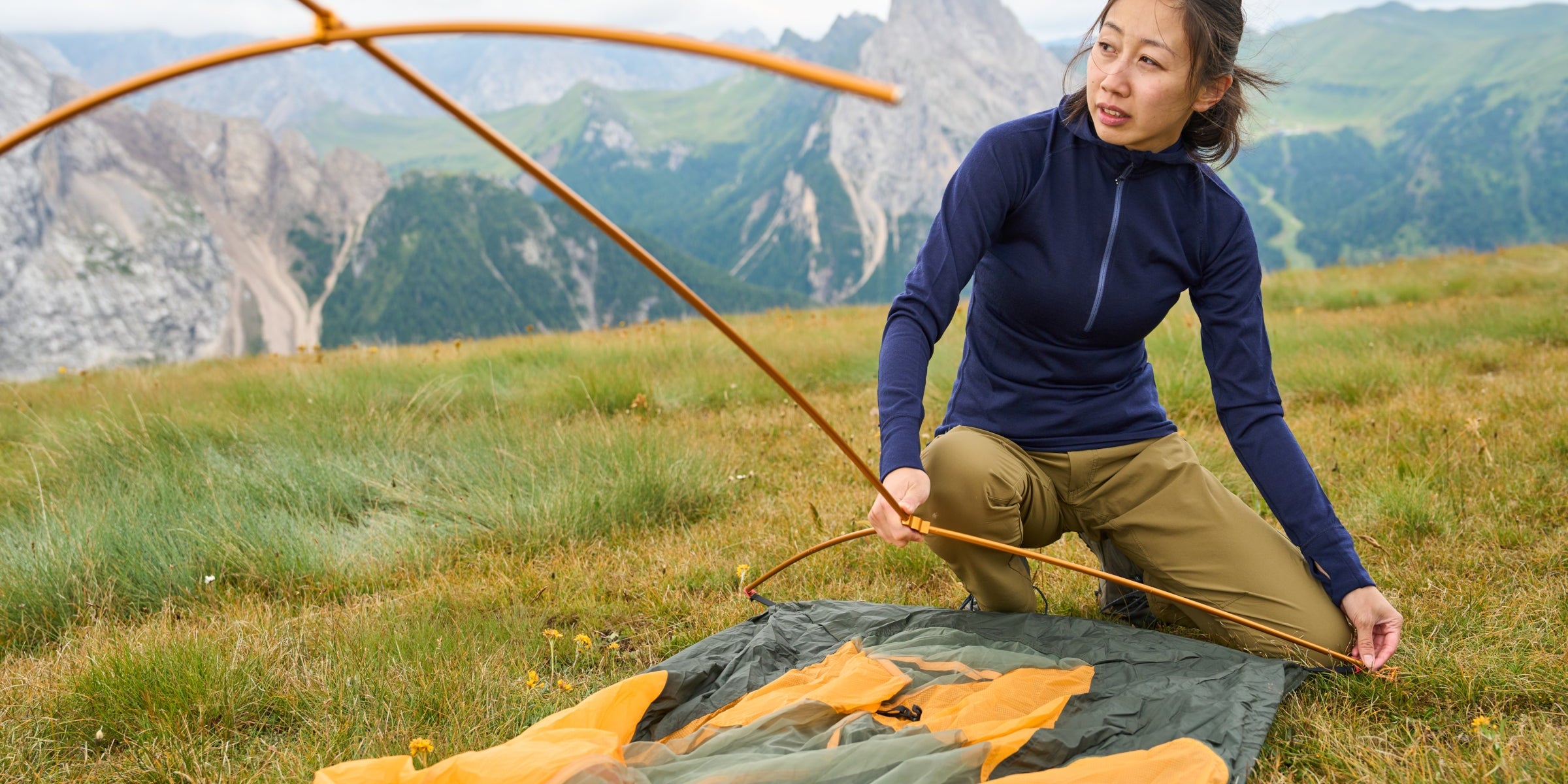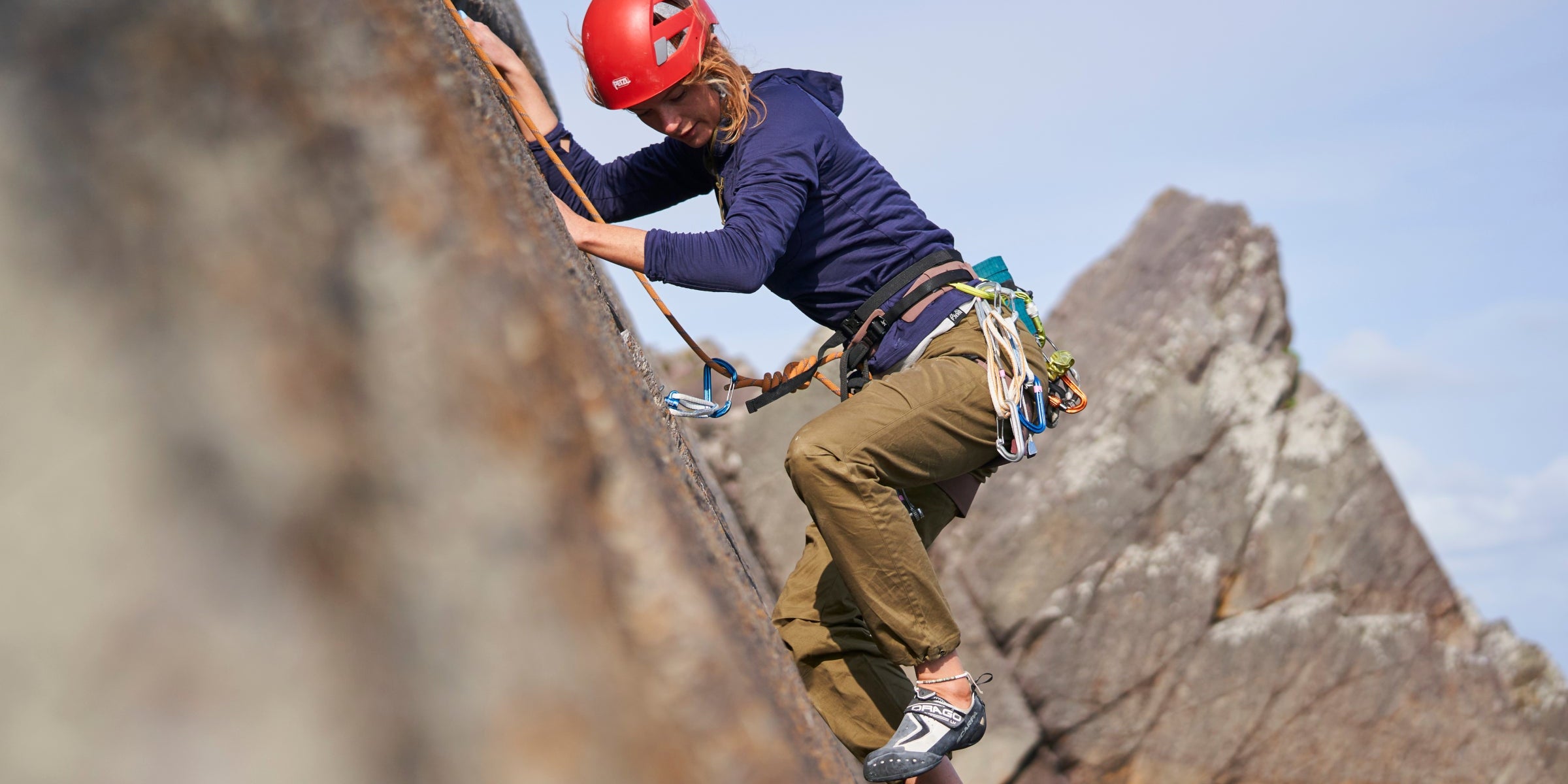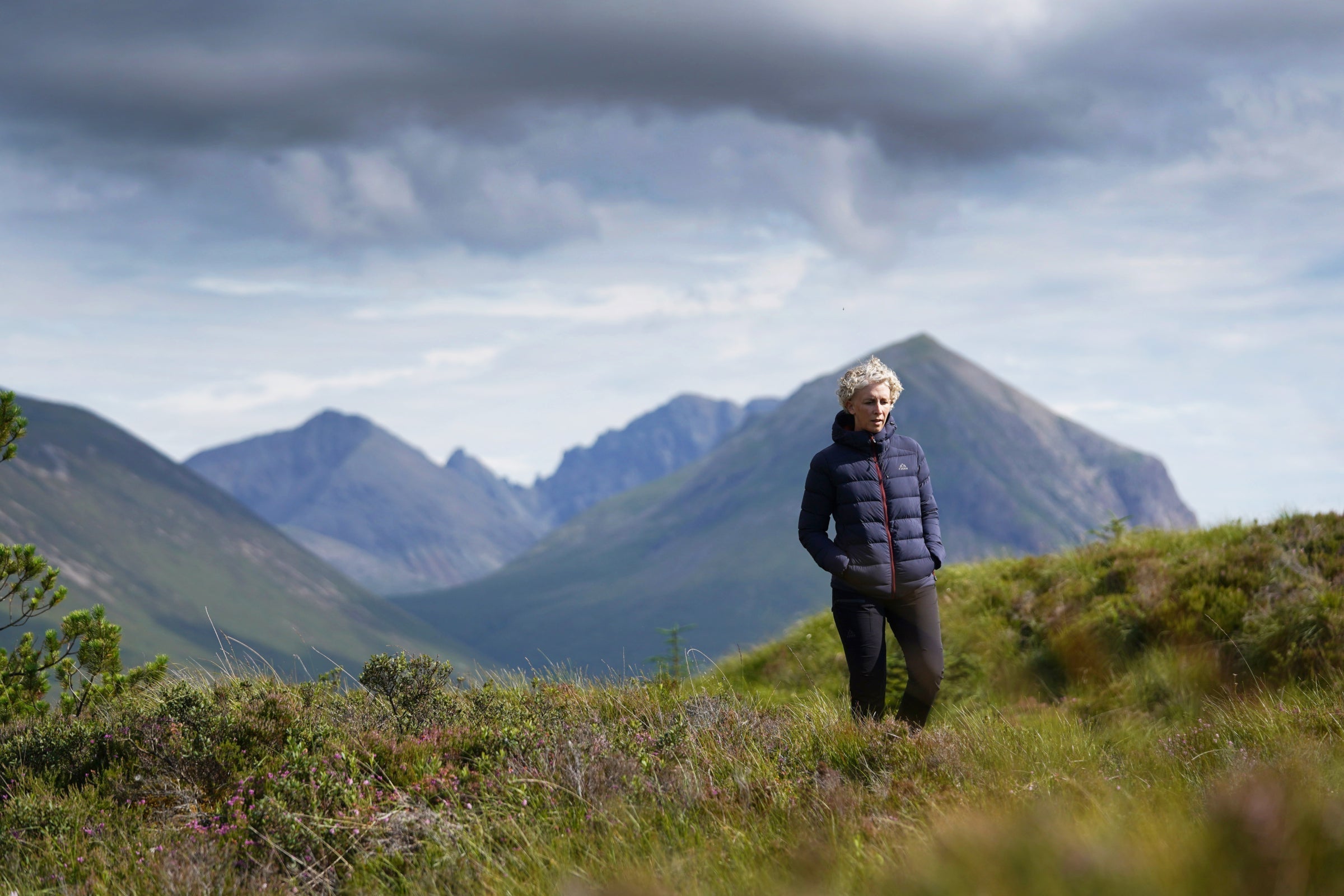So, you’ve planned your next big hike — a couple of days off-grid, a good dose of nature, and maybe even a summit or two. Now comes the part no one talks about enough: how the heck do you pack everything you need without carrying your entire house on your back?
Sound familiar? Packing efficiently for a multi-day hike can be bit of a head scratcher. But don’t worry — this guide breaks down everything you need to know. We'll help you pack smart, carry light, and enjoy the hike.
Why efficient packing matters
Carrying too much on your back isn’t just annoying, it can lead to fatigue, injuries, and a miserable trip. A well-packed rucksack helps:
- Conserve energy for the long miles ahead
- Stay organised and reduce stress
- Adapt to weather changes without digging through all your gear
Plus, who wants to carry something they won’t use?
1. Choose the right backpack
For most multi-day hikes where you’re carrying a tent or shelter, a 40-60L pack is the sweet spot. Roomy enough for your kit but small enough to discourage overpacking.
Tip: Look for a backpack with external straps, compression features, and good airflow. We have a new 32L backpack dropping this August, which will be a great option for lighter adventures.
2. Pack by priority
Use this gear pyramid to remember what matters most:
Level 1: Essentials
Shelter, sleep system, food, water
Level 2: Comfort items
Spare clothing, stove, toiletries
Level 3: Extras
Camera, book, flask of whisky (we don’t judge)
Keep level 1 light but reliable, and only move down the pyramid if you’ve got space and weight to spare.
3. Must-have gear categories
Shelter system
- Ultralight tent, bivy, or tarp (3-season rated for UK weather)
- Tent poles and stakes
- Groundsheet
Consider a tent under 1.5kg. Your shoulders will thank you
Sleep system
- Sleeping bag (rated for temps you’ll face)
- Sleeping pad (inflatable or closed-cell foam)
- Lightweight pillow or stuff sack with clothes
Clothing system
Assuming it'll be wet and windy (average UK weather):
- Base layer (moisture-wicking)
- Insulation layer (fleece or down)
- Waterproof shell
- Hiking socks (2-3 pairs max)
- Warm hat & gloves
Use packing cubes or dry bags to keep clothing organised and dry.
Food and cooking kit
- Lightweight stove + gas canister
- Titanium pot/spork
- Freeze-dried meals (1-2 per day)
- High-calorie snacks (trail mix, flapjacks, energy bars)
- Water filter/purification tabs
- 1-2L water storage
Don’t carry all your water if you’re hiking near streams, lakes, or campsites. Purify it instead.
Safety & navigation
- Map & compass (and know how to use them)
- Power bank
- First aid kit
- Headlamp + spare batteries if required
- Whistle & multitool
- Emergency blanket or bivvy bag
Packing order
- Bottom: Sleeping bag, camp clothes (things you won’t need until the evening)
- Middle (core): Heaviest items like tent, food, and stove — keep them centered for balance
- Top: Rain jacket, snacks, map, first aid — stuff you’ll want to grab easily
- Side pockets: Water, toilet kit, stove fuel
- Lid or hip belt: Compass, snacks, lip balm, sun cream
Tip: Always pack the heaviest items close to your spine for better posture and energy efficiency.
Space-saving tricks
- Stuff socks into cooking pots
- Use compression sacks for sleeping bags and jackets
- Wear your bulkiest clothes on day one (looking at you, puffer jacket)
- Limit “just-in-case” items — if it’s not essential, it’s optional
Pack with purpose
Ask yourself these three questions for each item:
- Will I use this daily?
- Can this item serve more than one purpose?
- Is there a lighter version available?
Sample packing list (for a 3-day UK hike)
| Gear type | Items |
|---|---|
| Shelter | 1-person tent, pegs, groundsheet |
| Sleep | Sleeping bag (3-season), mat, pillow |
| Clothing | Base layers, fleece, waterproof jacket, 2 socks, spare clothes |
| Food | 3 meals/day, snacks, stove, fuel, titanium pot, spork |
| Water | 2L bottles/bladders, filter/tablets |
| Tools | Headlamp, knife, map & compass, power bank |
| Misc | First aid kit, toilet kit, suncream, bug spray, whistle |
FAQs
-
What’s the ideal backpack weight?
Aim for no more than 20-25% of your body weight. For most folks, that’s around 12-18kg fully loaded.
-
Should I bring camp shoes?
If you're hiking over 2 days, it’s optional. Over 3+ days, lightweight camp shoes can feel like heaven at the end of the day.
-
Can I skip a stove and go cold soak?
Sure, especially if you're going ultralight or minimalist. Cold soaking meals in a sealed jar can save weight and fuel, but it’s not for everyone.

